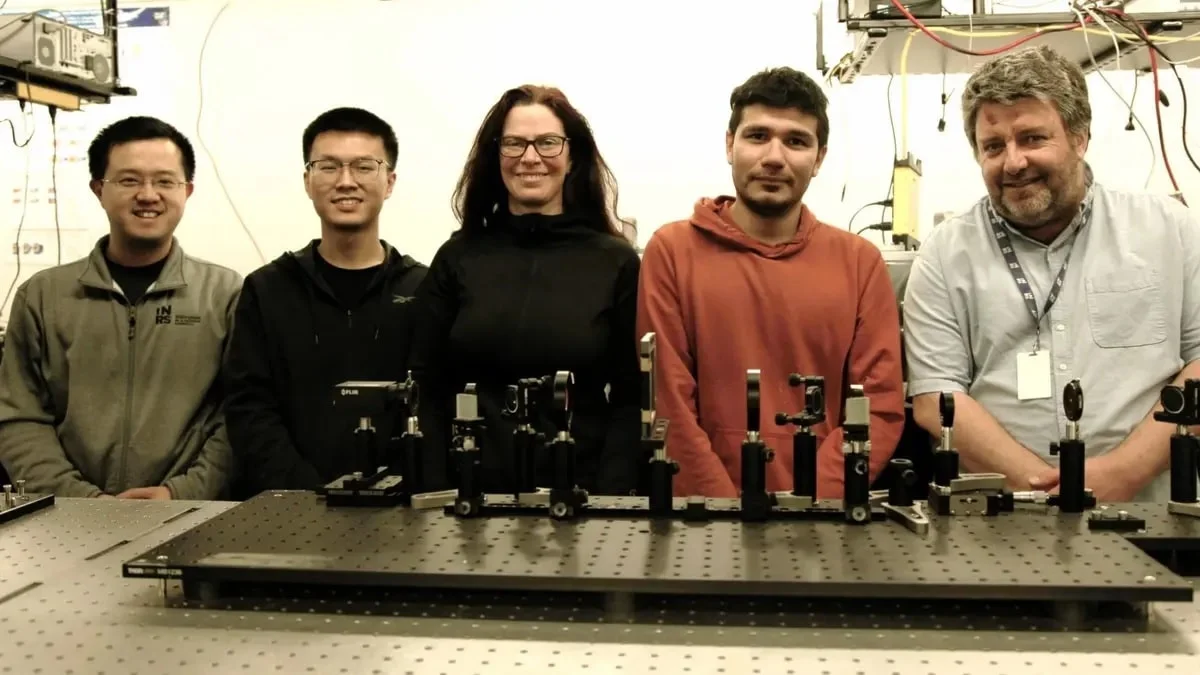Engineers from the National Research Institute at the University of Quebec in Canada have created an ultrafast camera that can take photos at speeds of up to 156.3 trillion frames per second.
The camera is called SCARF, which stands for “real-time coded aperture femtophotography.” The device can record moments such as ultra-fast demagnetization of a metal alloy, the mechanics of shock waves in living cells or matter, and much more. The new technology will be useful in physics, biology, chemistry, materials science and the development of effective pharmaceuticals.
SCARF works by creating a “scoop” ultrashort laser pulse that passes through the camera’s object. It captures the entire spectrum of the spectrum, allowing it to cover the passage and transformation of an impulse in an extremely short period of time. As a result, using a charge-coupled device (CCD), the camera’s individual pixels receive a full-array coding rate of up to 156.3 terahertz.













